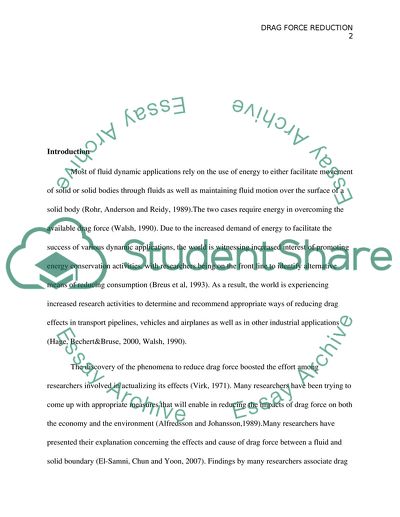Cite this document
(“Design Aspects of Riblets for Fluid Drag Reduction: A Review Article”, n.d.)
Retrieved from https://studentshare.org/engineering-and-construction/1697489-design-aspects-of-riblets-for-fluid-drag-reduction-a-review
Retrieved from https://studentshare.org/engineering-and-construction/1697489-design-aspects-of-riblets-for-fluid-drag-reduction-a-review
(Design Aspects of Riblets for Fluid Drag Reduction: A Review Article)
https://studentshare.org/engineering-and-construction/1697489-design-aspects-of-riblets-for-fluid-drag-reduction-a-review.
https://studentshare.org/engineering-and-construction/1697489-design-aspects-of-riblets-for-fluid-drag-reduction-a-review.
“Design Aspects of Riblets for Fluid Drag Reduction: A Review Article”, n.d. https://studentshare.org/engineering-and-construction/1697489-design-aspects-of-riblets-for-fluid-drag-reduction-a-review.


